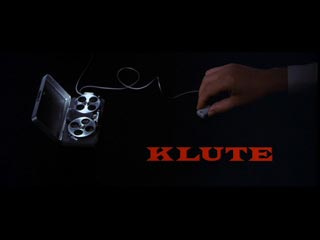‘Beyond a certain point there is no return. This point has to be reached.’ –Kafka
In Excavating Kafka, James Hawes tackles some of the myths that have built up around the writer. He suggests that Kafka is generally touted - both in ‘popular culture’ and in the worthy avenues of academe - as a gaunt, melancholy, saint-like type, staring out of blurred black-and-white photographs with anguished eyes. He was a man who ordered in his will that his works should be destroyed, who languished in obscurity throughout his lifetime, who was ‘crushed by a dead-end bureaucratic job’ and, equally, by a tyrannical father. This Kafka was an all-round seer who had no interest in the reception of his work, so preoccupied was he by his ‘Kafkaesque’ imagination. ‘These are the building blocks of the K-myth,’ writes Hawes in his introduction. ‘Unfortunately, they are all rubbish.’
Hawes, a former academic who spent 10 years studying and teaching Kafka, insists that he was not a ‘lonely Middle European Nostradamus’. Rather, he lived with his parents and was set up with a relatively cushy job (six hours a day for the equivalent of £58,000 today), leaving him plenty of time to write. Thanks to his literary connections, he won a major literary prize in his early thirties before even publishing a book. He was not tragically unrequited in his love affairs; nor was he virtually unknown in his lifetime (’we see him named three times in two entirely different articles in a single edition of the Prague Daily News in 1918′). Hawes even proposes that Kafka didn’t really want his work to be burned after his death and knew full well that the loyal Max Brod would never do it.



